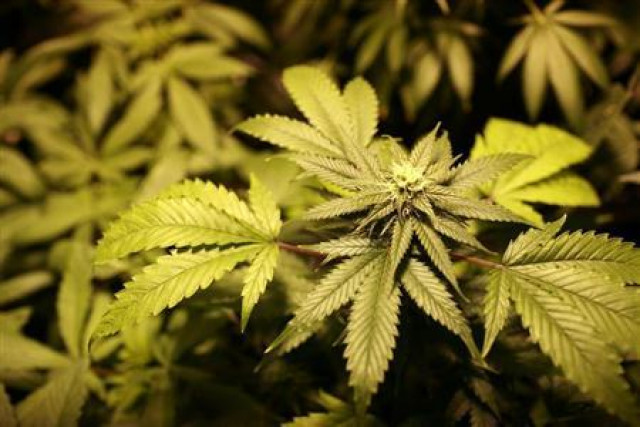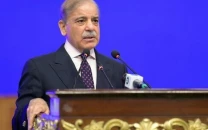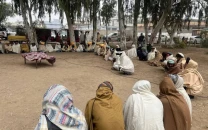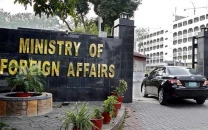High life: Punjab has highest number of drug users, says UNODC report
2.9 million people used illicit substances in 2013.

Cannabis was the most commonly-used drug, with a prevalence of 3.6 per cent of the population (4 million users nationwide). PHOTO: REUTERS
Adviser to Chief Minister on Health Khawaja Salman Rafique on Thursday said collective efforts by the government, the civil society, the media and non-government organisation (NGOs) were required to check use of narcotics.
He said elimination of narcotics was necessary for eradication of communicable diseases.
He said was addressing the launch of United Nation Office of Drug Control (UNODC) report 2013 regarding drug use in Pakistan and the Punjab.
He said drug use adversely affected families of drug users and was harmful for society.
Rafique said drug users injected drugs through syringes and sharing of syringes was among the leading causes of spread of HIV/AIDS and Hepatitis-C.
Rafique said the UNODC and the government should prepare a joint action plan for eradication of drugs.
He said the action plan should include an awareness campaign regarding use of drugs, capacity-building of treatment facilities and the control of HIV/AIDS.
Earlier, a representative of the UNODC presented the report regarding drug use in the Punjab.
He said Afghanistan had become one of the largest poppy cultivating countries in the world and stressed the need of effective measures to control smuggling of narcotics.
Drug use in 2013
Around 4.25 million drug users in Pakistan were considered dependent on substances and required a form of structured intervention for treatment of their drug use disorder, the report said.
It said that due to its large share of the population, the Punjab had the highest number of drug users and people who injected drugs (PWID) with 2.9 million people using illicit substances in 2013, and approximately 260,000 people who inject drugs. The number of people who inject drugs is estimated to 430,000 nationwide.
According to the report, approximately 80 per cent of PWID in the Punjab share syringes regularly, whereas two-thirds report doing so in Sindh and Balochistan, and half in Khyber Pakhtunkhwa (KP).
Among PWID, 73 per cent reported sharing syringes, claiming lack of access to sterile injecting equipment.
The report pointed out that among the general population, only 13 per cent could accurately name three modes of HIV transmission.
Approximately 1.5 per cent of the population (1.6 million people) reported non-medical use of prescription opioids (painkillers) in the past year.
While men were found to use more drugs than women for most drug types, women were more likely to misuse tranquilisers and sedatives as well as amphetamines, the report said.
Overall in Pakistan, approximately 6 per cent of the population (6.7 million people) used controlled substance and misused prescription drugs, the report said.
In addition to drug use, the report pointed to warning signs for a rapid expansion of the HIV epidemic. Survey results detected a high prevalence of HIV risk behaviours among people who injected drugs.
“Because the majority of HIV positive people who inject drugs are not aware of their status, they are also not taking precautions to prevent further transmission,” the report pointed out.
Cannabis was the most commonly-used drug, with a prevalence of 3.6 per cent of the population (4 million users nationwide).
Poly-drug use was also found to be common, with one in five people reporting using more than one controlled substance in the past year.
An estimated 860,000 people (0.8 per cent of the population) were regular heroin users and 320,000 used opium.
The majority of drug users surveyed were between 25 and 39 years of age Cannabis use was highest among 30 to 34 year olds and heroin use was highest among 35 to 39 years olds.
Published in The Express Tribune, May 23rd, 2014.



















COMMENTS
Comments are moderated and generally will be posted if they are on-topic and not abusive.
For more information, please see our Comments FAQ